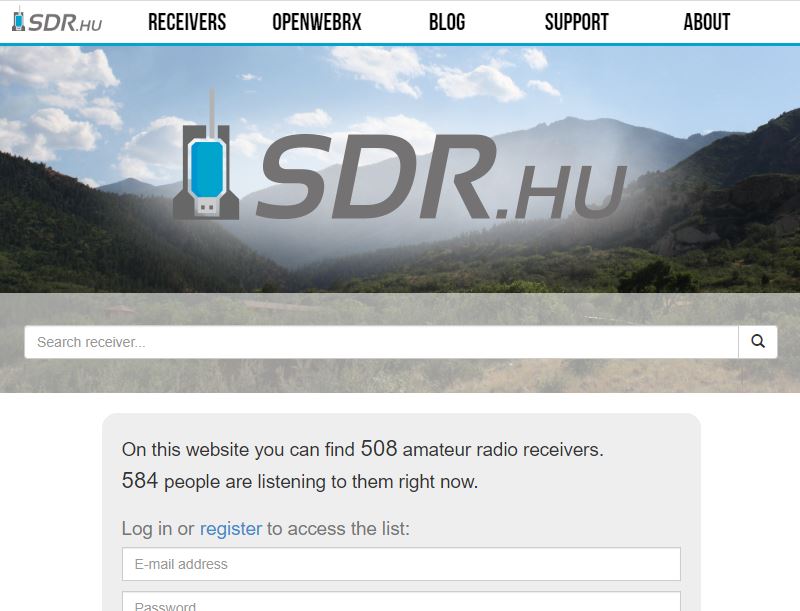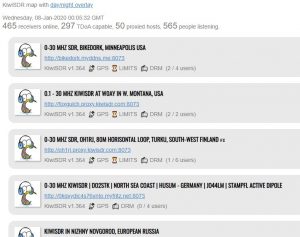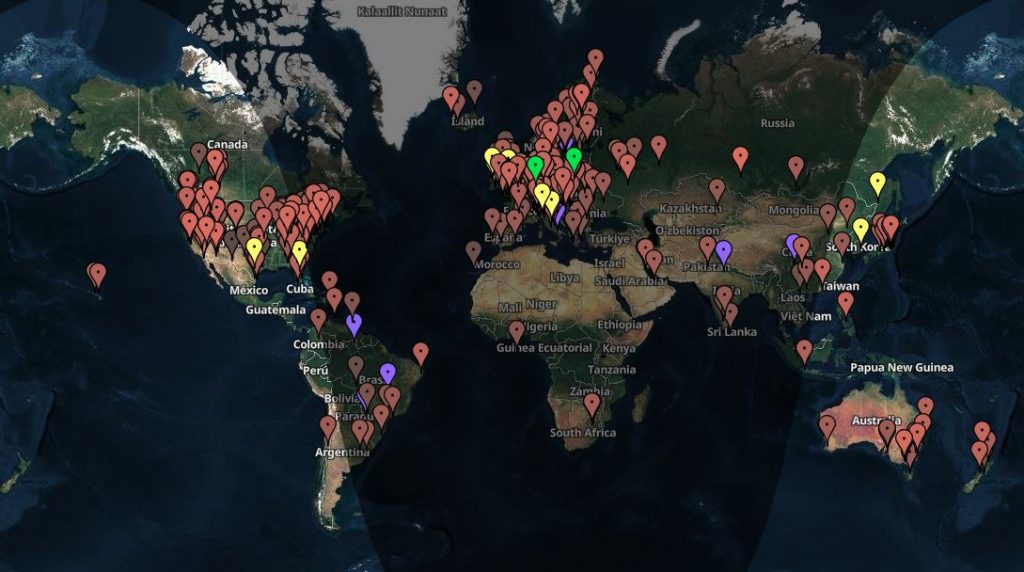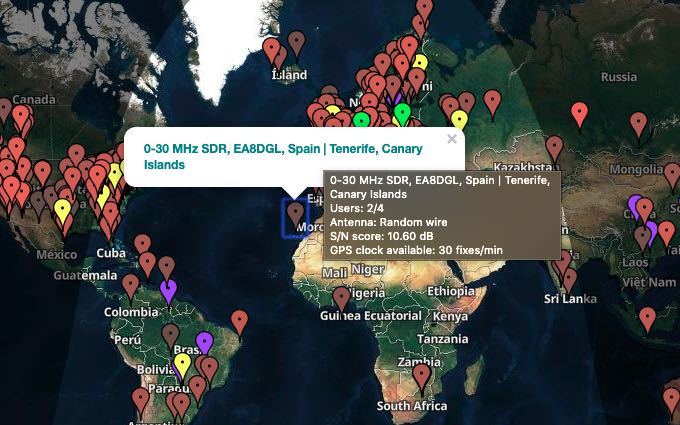
Many thanks to SWLing Post contributor, Dan Robinson, who discovered via Gilles Letourneau’s YouTube Channel that the popular SDR.hu KiwiSDR portal now requires registration and a ham radio callsign.
I almost didn’t believe this at first, but then checked on the SDR.hu FAQ page to find this message:
What is a callsign and how do I get one?
An amateur radio callsign is issued by the appropriate authority in your country (e.g. FCC in the US). The amateur radio callsign allows you to both transmit and receive with amateur radio equipment, and you need to pass an exam to get one. (If you are not familiar with this, please search Google about amateur radio.)
Can I access the receiver list if I do not have a callsign?
No.
Why do I need a callsign to access the receiver list?
The purpose of the site is to serve amateur radio. I decided to restrict access to the receiver list in order to protect the site and its purpose in the long term.
To be clear: this doesn’t imply you need a callsign to access the KiwiSDR network. This only applies to the SDR.hu KiwiSDR portal operated by András Retzler. I’m guessing he’s doing this to regulate his site’s resources. (See UPDATE below.)
Alternative KiwiSDR Portals

kiwisdr.com/public/ provides a list of all active KiwiSDRs.
As Dan points out, there are a number of other KiwiSDR portals that do not require registration or a call sign.
Here are a few:
If you prefer another KiwiSDR portal, please comment with a link. I’ll try to update this post with any new additions.
UPDATE – Many thanks to Cristiano Amaral who shares this update sent by Andras to all of the OpenWebRX contributors:
Hello,
You are receiving this e-mail because you were listing a public OpenWebRX receiver on SDR.hu in the last 3 months.
I wanted to let you know that the OpenWebRX project is discontinued [1], which means that it will not receive any updates (including security fixes) from me. I hope that you will be able to run your receivers without problems in the next years, and hopefully the community will be able to help each other even if I’m not working on the project anymore.
It is also important to know that starting from next year, Python 2, a dependency of OpenWebRX is not maintained either, at least officially by the Python team [2], as it is deprecated in favour of Python 3.
If you want to keep running your public receivers securely, you should be looking for a Python 2 fork that is still patched against the latest security vulnerabilities. There is a possibility that Anaconda [3] or Red Hat [4] will keep patching Python 2.
As a note, you can also find unofficial Python 3 ports of OpenWebRX online, though I’m not involved with those either.
Thank you for participating in the project, and I wish you a Happy New Year!
VY 73!
Andras, HA7ILM
—
sdr.hu






